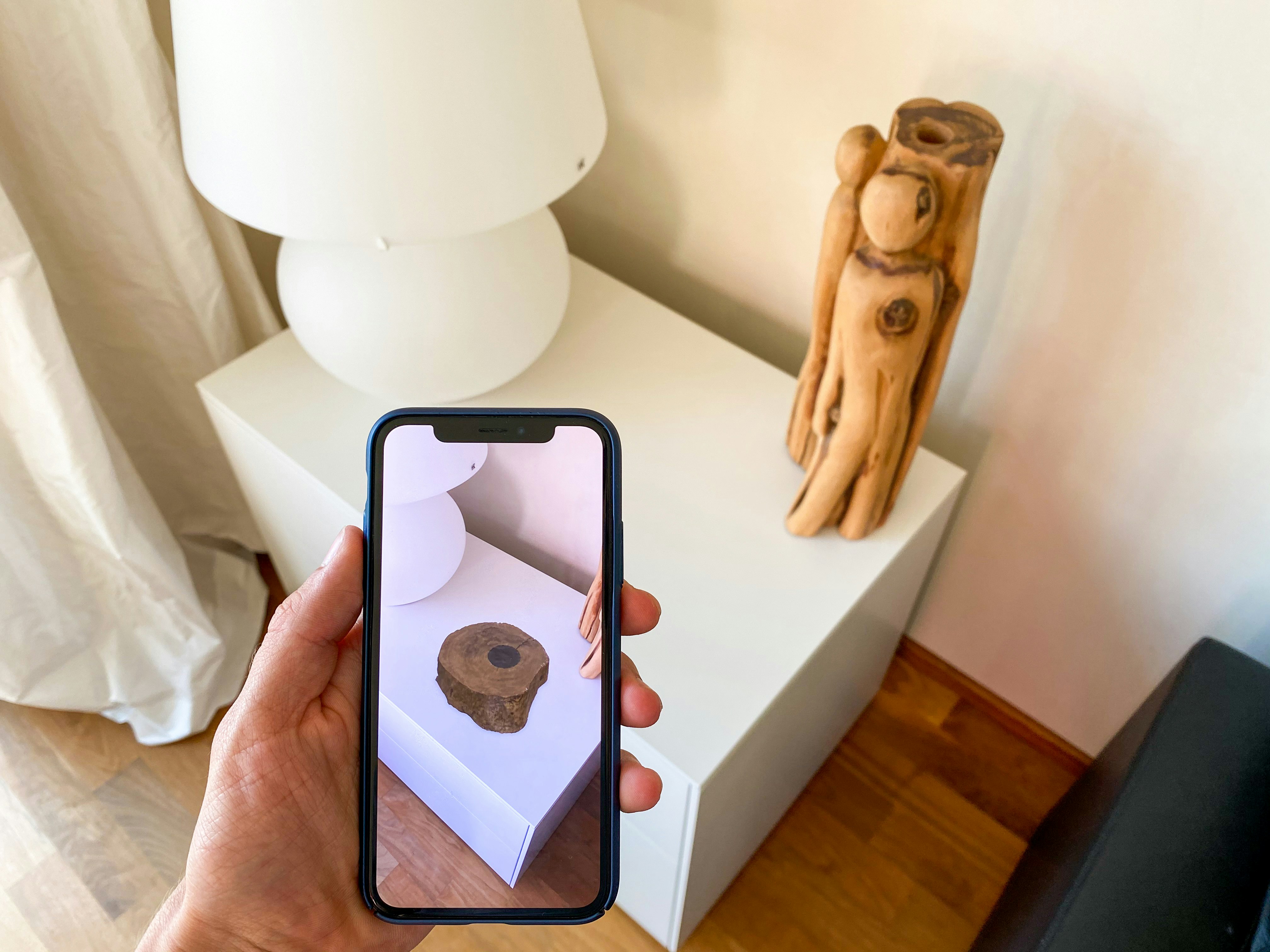Augmented Reality (AR) | Definition & Examples
Augmented Reality (AR)
Definition:
"Augmented Reality (AR)" is an interactive experience where the real-world environment is enhanced by computer-generated perceptual information. This enhancement can include visual, auditory, haptic, and other sensory modalities.
Detailed Explanation:
Augmented Reality (AR) overlays digital content and information onto the physical world, providing an enriched experience that combines real and virtual elements. AR can be experienced through various devices, including smartphones, tablets, AR glasses, and headsets. The technology utilizes sensors, cameras, and advanced algorithms to detect and interpret the real-world environment, allowing digital content to interact with physical objects and spaces.
AR applications range from simple overlays, such as displaying information about nearby landmarks, to complex interactions, such as manipulating 3D models in a real-world context. AR enhances the user's perception of reality by providing additional layers of information and interaction that are contextually relevant to their environment.
Key Elements of AR:
Sensors and Cameras:
Detect the real-world environment and capture data to overlay digital content accurately.
AR Display:
Visualizes the augmented content, typically through screens of smartphones, tablets, or AR glasses.
Computer Vision:
Analyzes and interprets visual data from the real world to accurately place and interact with digital content.
AR Software:
Develops and manages the augmented content, using frameworks and tools such as ARKit (iOS), ARCore (Android), and Unity.
Advantages of AR:
Enhanced User Experience:
Provides immersive and interactive experiences that enhance the way users perceive and interact with their environment.
Contextual Information:
Offers real-time, relevant information that enhances understanding and decision-making in various contexts.
Engagement:
Captures user attention and increases engagement through interactive and visually appealing content.
Challenges of AR:
Technical Complexity:
Developing AR applications requires expertise in computer vision, sensor integration, and real-time data processing.
Device Compatibility:
Ensuring a consistent AR experience across different devices with varying capabilities can be challenging.
User Acceptance:
Some users may be hesitant to adopt AR technology due to privacy concerns or unfamiliarity with the technology.
Uses in Performance:
Retail:
Enhances the shopping experience by allowing users to visualize products in their environment before purchasing.
Education:
Provides interactive and immersive learning experiences, such as visualizing historical events or exploring complex scientific concepts.
Healthcare:
Assists in medical training and procedures by overlaying critical information and 3D models onto the real world.
Design Considerations:
When developing AR applications, several factors must be considered to ensure effectiveness and user satisfaction:
User Experience:
Focus on creating intuitive and seamless interactions that enhance the user's experience without causing distraction or discomfort.
Accuracy and Precision:
Ensure that digital content is accurately aligned with the real-world environment for a coherent and reliable AR experience.
Performance Optimization:
Optimize the application to run smoothly on various devices, minimizing latency and ensuring real-time interaction.
Conclusion:
Augmented Reality (AR) is an interactive experience that enhances the real-world environment with computer-generated perceptual information. By overlaying digital content onto the physical world, AR provides enriched and immersive experiences across various domains, including retail, education, and healthcare. Despite challenges related to technical complexity, device compatibility, and user acceptance, the advantages of enhanced user experience, contextual information, and increased engagement make AR a transformative technology. With careful consideration of user experience, accuracy, and performance optimization, AR can significantly elevate the way users interact with and perceive their environment.

